 Search by Keyword
|
"IT'S ALL TOO MUCH"
(George Harrison)
"I was losing interest in being 'fab' at that point." This George Harrison quote from the book "Beatles Anthology" sums up where his head was during the year 1967. He had just returned from an elightening visit to India and initially felt uninterested in continuing his contributions to western music within the framework of The Beatles.
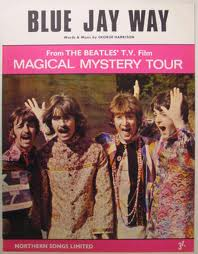 His first attempt at songwriting was “Only A Northern Song” which, while brilliantly written, expressed his personal bitterness about the music industry. With this rejected from the “Sgt. Pepper” album on which they were working at the time, George thought to channel his new-found enlightenment into music with the magnificent but heavy “Within You Without You.” Later in the year, when pressed for a composition for the “Magical Mystery Tour” project, he tried his hand at psychedelia with “Blue Jay Way,” written about the mundane situation of friend Derek Taylor getting lost on his way to visit the Beatle while vacationing in California. His first attempt at songwriting was “Only A Northern Song” which, while brilliantly written, expressed his personal bitterness about the music industry. With this rejected from the “Sgt. Pepper” album on which they were working at the time, George thought to channel his new-found enlightenment into music with the magnificent but heavy “Within You Without You.” Later in the year, when pressed for a composition for the “Magical Mystery Tour” project, he tried his hand at psychedelia with “Blue Jay Way,” written about the mundane situation of friend Derek Taylor getting lost on his way to visit the Beatle while vacationing in California.
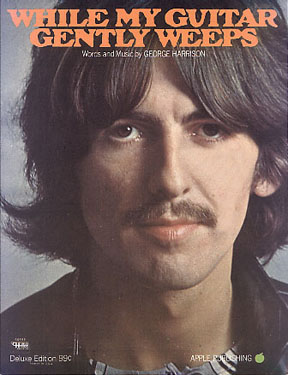 While not abandoning his new-found Eastern beliefs, something he embraced feverishly for the remainder of his life, the 1967 George Harrison did get acclimated to western songwriting once again, his output in the remaining Beatle years resulting in what most view as the high point in his career, songs such as “While My Guitar Gently Weeps,” “Something” and “Here Comes The Sun” being held in the highest esteem to this day. Music fans the world over should feel grateful that George pulled himself out of the funk he was in and worked at combining the flavor of 'East meets West' for the remaining Beatle years, either with or without Indian instrumentation. While not abandoning his new-found Eastern beliefs, something he embraced feverishly for the remainder of his life, the 1967 George Harrison did get acclimated to western songwriting once again, his output in the remaining Beatle years resulting in what most view as the high point in his career, songs such as “While My Guitar Gently Weeps,” “Something” and “Here Comes The Sun” being held in the highest esteem to this day. Music fans the world over should feel grateful that George pulled himself out of the funk he was in and worked at combining the flavor of 'East meets West' for the remaining Beatle years, either with or without Indian instrumentation.
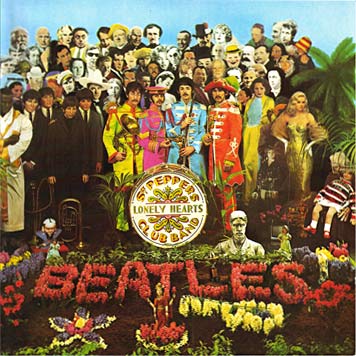 It appears that the first evidence of George regaining his “fab” mentality was in May of 1967 with the recording of his new composition entitled “It's All Too Much.” With the rigorous work on the “Sgt. Pepper” album completed, and in the jovial headspace of fulfilling their contractual obligation of recording songs for the “Yellow Submarine” film, George contributed a lighthearted composition that fit the mood perfectly. And they all appeared to have a blast recording the song as well. Fun-loving George was back, once again touching on his new-found beliefs but expressing them with a Liverpudlian sense of humor, evidenced in the lyric “Show me that I'm everywhere / and get me home for tea!” For the moment, at least, George was “fab” again! It appears that the first evidence of George regaining his “fab” mentality was in May of 1967 with the recording of his new composition entitled “It's All Too Much.” With the rigorous work on the “Sgt. Pepper” album completed, and in the jovial headspace of fulfilling their contractual obligation of recording songs for the “Yellow Submarine” film, George contributed a lighthearted composition that fit the mood perfectly. And they all appeared to have a blast recording the song as well. Fun-loving George was back, once again touching on his new-found beliefs but expressing them with a Liverpudlian sense of humor, evidenced in the lyric “Show me that I'm everywhere / and get me home for tea!” For the moment, at least, George was “fab” again!
Songwriting History
In actuality, "It's All Too Much," or simply "Too Much" as it was initially titled, was inspired by LSD, something The Beatles would admit to when it was true. "'It's All Too Much' was written in a childlike manner from realizations that appeared during and after some LSD experiences and which were later confirmed in meditation," George stated in 1980.
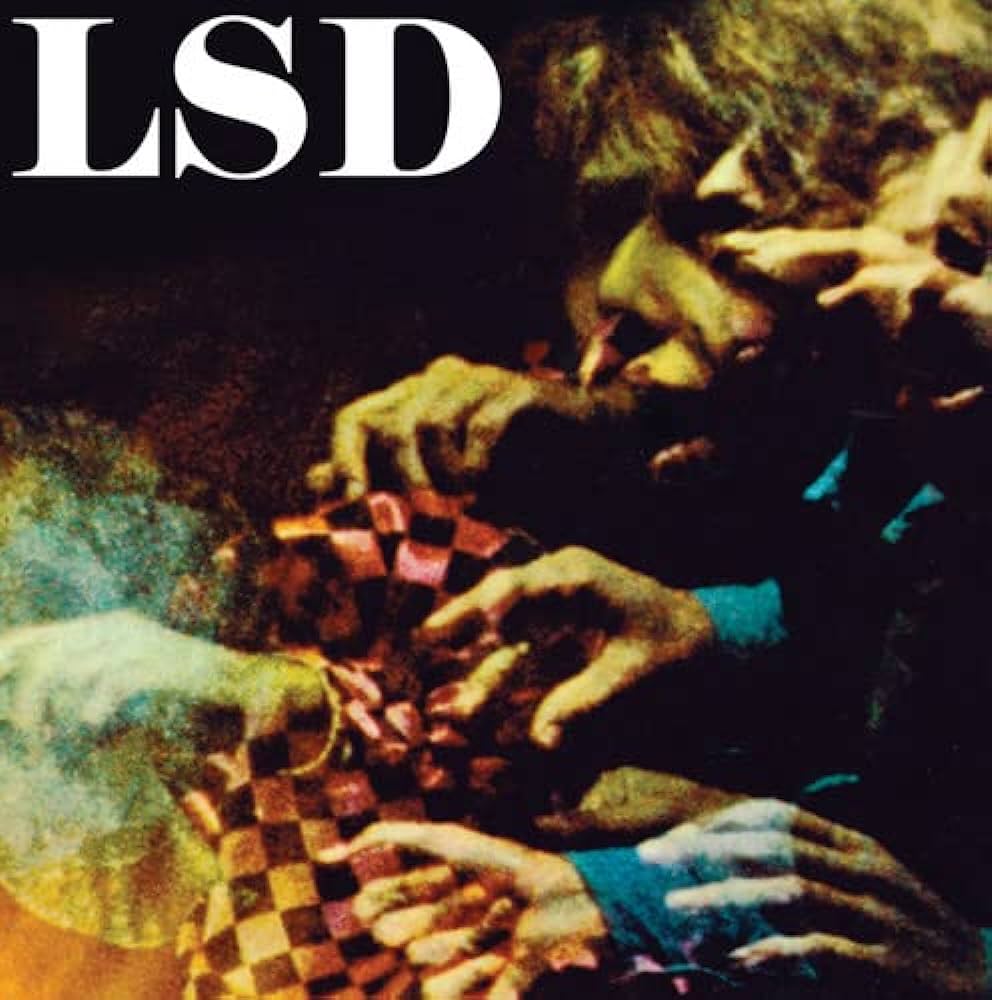 After first taking LSD in 1965, George continued his use of the substance with semi-regularity throughout the next couple of years but, upon his indoctrination into Eastern religion, he spoke in spiritual terms about his experiences with the drug. “I just wanted to write a rock 'n roll song about the whole psychedelic thing of the time,” he explained in 1999, then quoting and explaining a sample of the lyrics: “'Sail me on a silver sun / where I know that I am free / show me that I'm everywhere / and get me home for tea.' (laughs) Because you'd trip out, you see, on all this stuff, and then whoops! you'd just be back having your evening cup of tea!” After first taking LSD in 1965, George continued his use of the substance with semi-regularity throughout the next couple of years but, upon his indoctrination into Eastern religion, he spoke in spiritual terms about his experiences with the drug. “I just wanted to write a rock 'n roll song about the whole psychedelic thing of the time,” he explained in 1999, then quoting and explaining a sample of the lyrics: “'Sail me on a silver sun / where I know that I am free / show me that I'm everywhere / and get me home for tea.' (laughs) Because you'd trip out, you see, on all this stuff, and then whoops! you'd just be back having your evening cup of tea!”
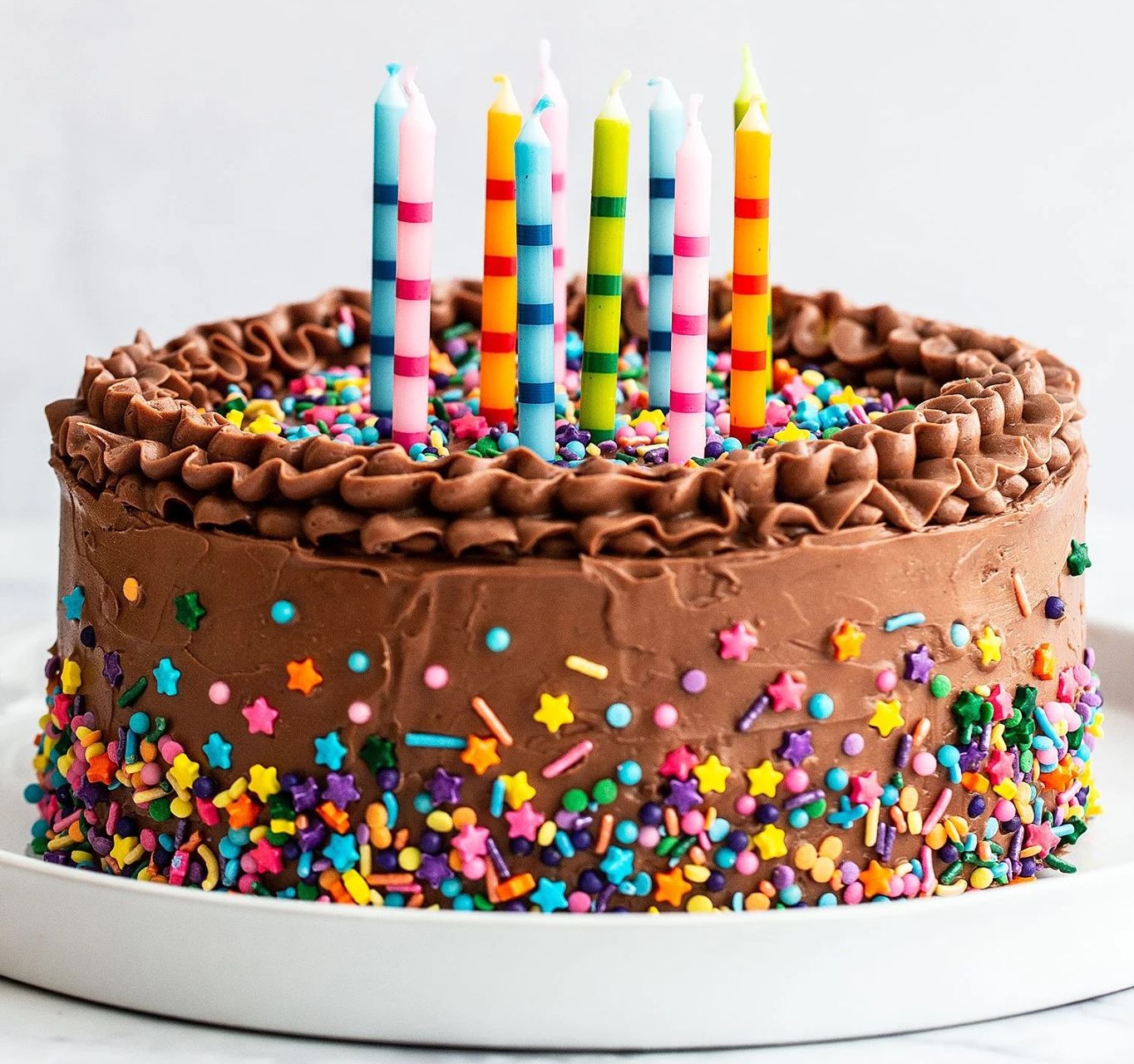 The imagery of the lyrics can easily be seen as part of the drug-induced / spiritual experience, examples being “the more I go inside / the more there is to see,” “the love that's shining all around you” and “floating down the stream of time / of life, to life, with me.” Silliness appears as well in one chorus that states “all the world's a birthday cake / so take a piece, but not too much.” The imagery of the lyrics can easily be seen as part of the drug-induced / spiritual experience, examples being “the more I go inside / the more there is to see,” “the love that's shining all around you” and “floating down the stream of time / of life, to life, with me.” Silliness appears as well in one chorus that states “all the world's a birthday cake / so take a piece, but not too much.”
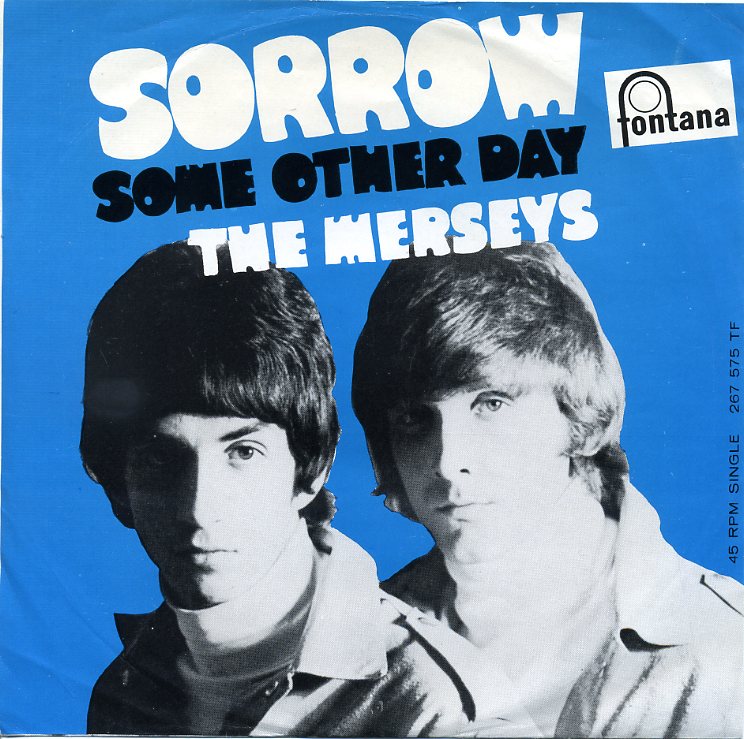 With George admitting that his songwriting motivation was quite minimal at the time, it can easily be said that the song was written during the month it was recorded, which was May of 1967. George appears to have written the song by himself, although a small bit of lyrics from a recent 1966 Top Five British hit "Sorrow" by a fellow British group The Merseys (originally recorded by the American group The McCoys in 1965) appears during the closing minutes of the song, the songwriters being Bob Feldman, Jerry Goldstein and Richard Gottehrer. And, if we want to be complete, a musical passage of "The Prince Of Denmark's March" is played on trumpet in the closing section of the song as well, this being written near 1700 by Jeremiah Clarke. With George admitting that his songwriting motivation was quite minimal at the time, it can easily be said that the song was written during the month it was recorded, which was May of 1967. George appears to have written the song by himself, although a small bit of lyrics from a recent 1966 Top Five British hit "Sorrow" by a fellow British group The Merseys (originally recorded by the American group The McCoys in 1965) appears during the closing minutes of the song, the songwriters being Bob Feldman, Jerry Goldstein and Richard Gottehrer. And, if we want to be complete, a musical passage of "The Prince Of Denmark's March" is played on trumpet in the closing section of the song as well, this being written near 1700 by Jeremiah Clarke.
Recording History
On May 25th, 1967, The Beatles retreated to yet another London recording studio, De Lane Lea Music Recording Studios, undoubtedly because EMI Studios were already booked. This was a basement studio of an office building directly across the street from the Holborn London Underground station. George Martin was not present during this session, which began at 7 pm, the staff engineers Dave Siddle and Mike Weighell manning the controls while The Beatles themselves called the shots on this day.
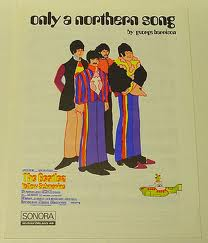 George took to running the group through rehearsals for this new composition, they undoubtedly hearing it for the first time on this day, these extensive rehearsals being recorded and taking up many tapes. With George admittedly being rusty on guitar at the time due to his obsession with mastering the sitar, his instrument of choice of late was the organ, as with two of his other compositions of 1967 (see “Only A Northern Song” and “Blue Jay Way”). With George providing an Indian-style drone on Hammond organ, John on distorted lead guitar, and Paul and Ringo on their usual instruments of bass and drums, the group recorded four proper takes of the song once they were fully acquainted with it. "Take four" was deemed the best, which at this point was 8:09 long. At 2:30 am the next morning the session was complete, the full rhythm track for what was then called “Too Much” being put to tape. George took to running the group through rehearsals for this new composition, they undoubtedly hearing it for the first time on this day, these extensive rehearsals being recorded and taking up many tapes. With George admittedly being rusty on guitar at the time due to his obsession with mastering the sitar, his instrument of choice of late was the organ, as with two of his other compositions of 1967 (see “Only A Northern Song” and “Blue Jay Way”). With George providing an Indian-style drone on Hammond organ, John on distorted lead guitar, and Paul and Ringo on their usual instruments of bass and drums, the group recorded four proper takes of the song once they were fully acquainted with it. "Take four" was deemed the best, which at this point was 8:09 long. At 2:30 am the next morning the session was complete, the full rhythm track for what was then called “Too Much” being put to tape.
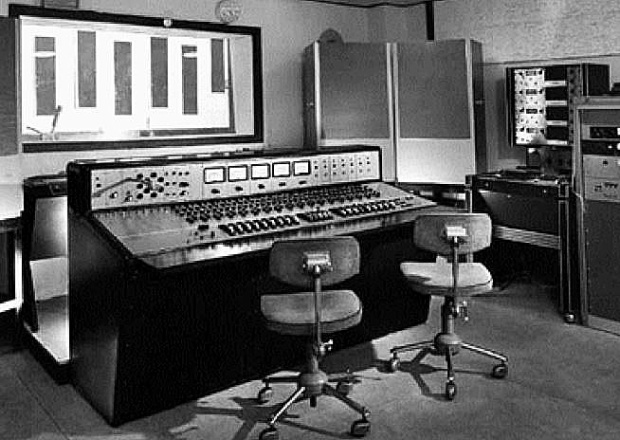 The Beatles returned to De Lane Lea Recording Studios on May 31st at 7 pm for more work on “Too Much.” George Martin was still absent, the same engineering team as the previous session manning the controls once again. The first order of business was to make a reduction mix of the rhythm track from the previous session since all four tracks of the four-track tape were filled. Two attempts at a reduction mix were made, the second one deemed best and ready for overdubs. The Beatles returned to De Lane Lea Recording Studios on May 31st at 7 pm for more work on “Too Much.” George Martin was still absent, the same engineering team as the previous session manning the controls once again. The first order of business was to make a reduction mix of the rhythm track from the previous session since all four tracks of the four-track tape were filled. Two attempts at a reduction mix were made, the second one deemed best and ready for overdubs.
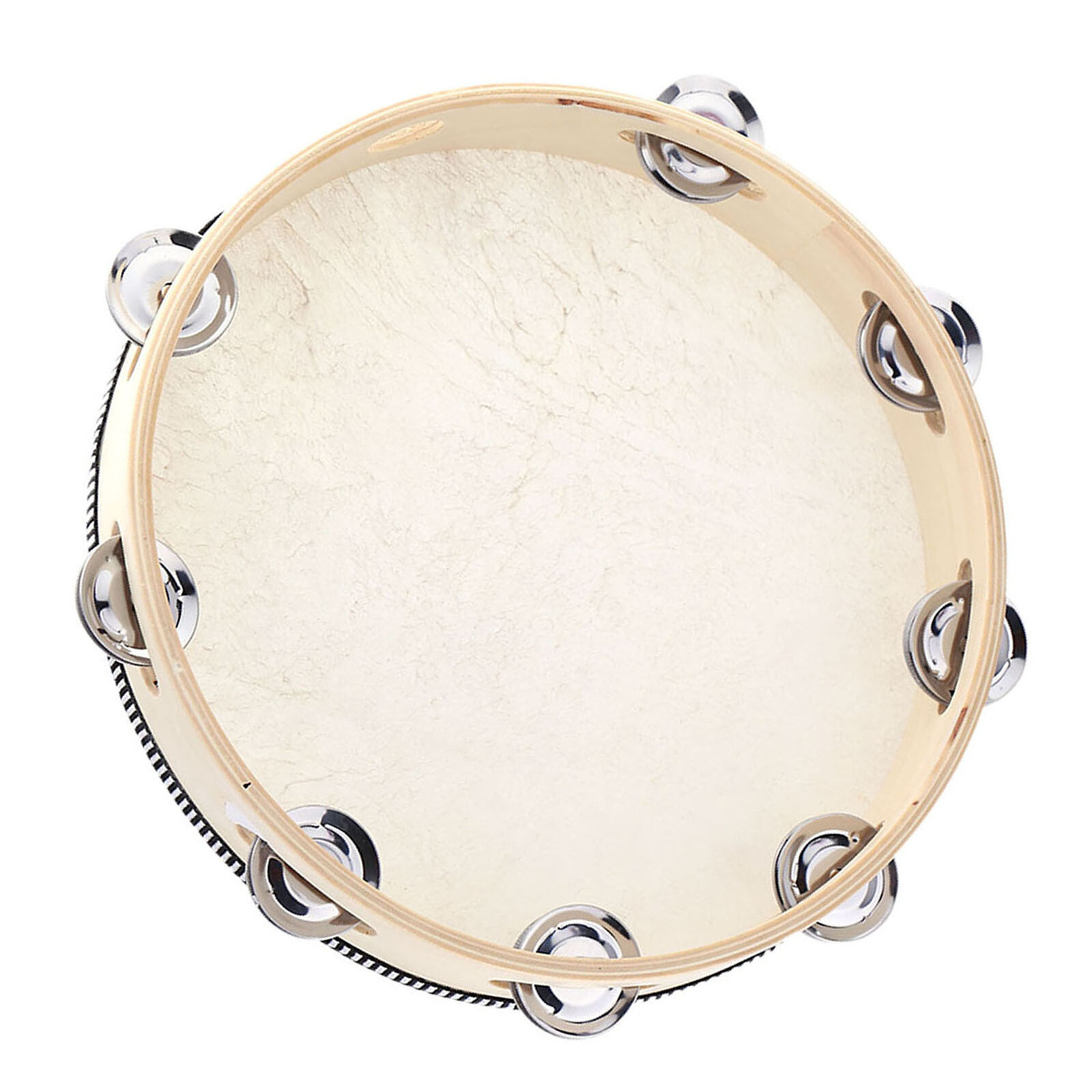 Overdubs included percussion instruments, such as tambourine and additional syncopated taps on hi-hat (Ringo?), cowbell (Paul?) and woodblock (John?) while George performed his lead vocal and John added a small guitar overdub. Interestingly, this eight minute version of the song featured an additional chorus with the lyrics “It's all too much for me to take / it's waiting there for everybody / the more you give the more you get / the more it is and it's too much,” as well as an additional verse with the lyrics “Nice to have the time to take / this opportunity / time for me to look at you / and you to look at me.” Both of these sections ended up being edited out of the finished mix later due to the feeling that the song was too long (or "too much"). Overdubs included percussion instruments, such as tambourine and additional syncopated taps on hi-hat (Ringo?), cowbell (Paul?) and woodblock (John?) while George performed his lead vocal and John added a small guitar overdub. Interestingly, this eight minute version of the song featured an additional chorus with the lyrics “It's all too much for me to take / it's waiting there for everybody / the more you give the more you get / the more it is and it's too much,” as well as an additional verse with the lyrics “Nice to have the time to take / this opportunity / time for me to look at you / and you to look at me.” Both of these sections ended up being edited out of the finished mix later due to the feeling that the song was too long (or "too much").
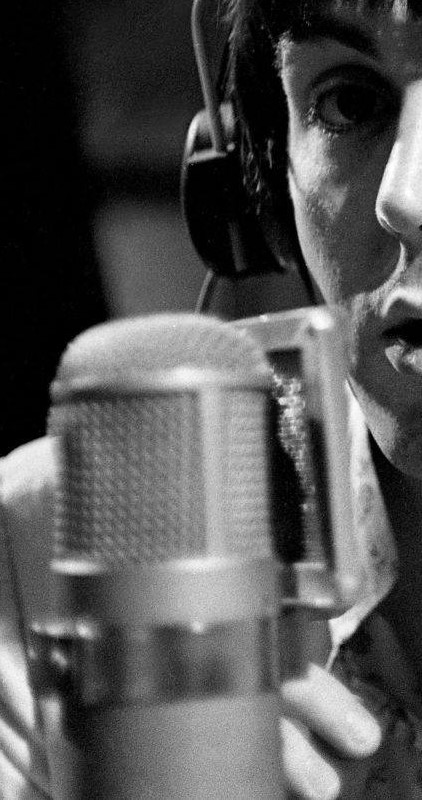 George then double-tracked his vocals while John and Paul performed harmony and backing vocals, all four Beatles performing handclaps undoubtedly at the same time. The long instrumental section that closes the song allowed for much vocal ad libbing by all involved, the vocalists chanting “too much” in various ways, which descended into “tuba, tuba” and then “Cuba, Cuba” before the song came to a close. It's during this time that George twice recites “with your long blonde hair and your eyes of blue” from The Mersey's hit song “Sorrow” as well as other vocalizations. By midnight this session was complete. George then double-tracked his vocals while John and Paul performed harmony and backing vocals, all four Beatles performing handclaps undoubtedly at the same time. The long instrumental section that closes the song allowed for much vocal ad libbing by all involved, the vocalists chanting “too much” in various ways, which descended into “tuba, tuba” and then “Cuba, Cuba” before the song came to a close. It's during this time that George twice recites “with your long blonde hair and your eyes of blue” from The Mersey's hit song “Sorrow” as well as other vocalizations. By midnight this session was complete.
 The Beatles had also booked De Lane Lea Recording Studios for the following day, June 1st, 1967, and George Martin was available this time as well, so one would think they would continue work on “Too Much” with some professional direction from their celebrated producer. This turned out not to be the case. Instead, they performed, as Mark Lewisohn describes in “The Beatles Recording Sessions,” “untitled, unplanned, highly tedious and – frankly – downright amateurish instrumental jams, with bass guitar, an organ, lead guitar with reverb, guitar strings being scraped, drums and tambourine” from 10:30 pm to 3:30 am the following day. Keep in mind, however, that this was the very day that their masterpiece “Sgt. Pepper” was released to the public. This day's session was, undoubtedly, a disappointment for George Martin to witness, but given the four and a half months of hard work recently spent in creating their greatest achievement to date, they were due to waste some studio time in celebration of their achievement. The Beatles had also booked De Lane Lea Recording Studios for the following day, June 1st, 1967, and George Martin was available this time as well, so one would think they would continue work on “Too Much” with some professional direction from their celebrated producer. This turned out not to be the case. Instead, they performed, as Mark Lewisohn describes in “The Beatles Recording Sessions,” “untitled, unplanned, highly tedious and – frankly – downright amateurish instrumental jams, with bass guitar, an organ, lead guitar with reverb, guitar strings being scraped, drums and tambourine” from 10:30 pm to 3:30 am the following day. Keep in mind, however, that this was the very day that their masterpiece “Sgt. Pepper” was released to the public. This day's session was, undoubtedly, a disappointment for George Martin to witness, but given the four and a half months of hard work recently spent in creating their greatest achievement to date, they were due to waste some studio time in celebration of their achievement.
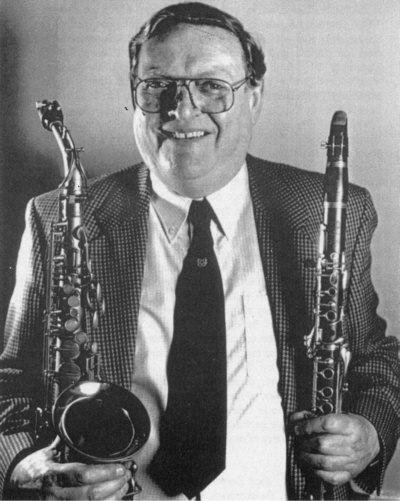 Then came the next day, June 2nd, 1967, which was utilized to finish recording what was now titled “It's All Too Much.” Once again at De Lane Lea Recording Studios, George Martin and The Beatles began the session at 7 pm. The last element to be added to the song was brass, four trumpeters and one bass clarinetist being booked for a session that was booked for them from 8 to 11 pm. Paul Harvey (not the legendary radio personality) was recruited to play both bass clarinet and contra bass clarinet on this day. Then came the next day, June 2nd, 1967, which was utilized to finish recording what was now titled “It's All Too Much.” Once again at De Lane Lea Recording Studios, George Martin and The Beatles began the session at 7 pm. The last element to be added to the song was brass, four trumpeters and one bass clarinetist being booked for a session that was booked for them from 8 to 11 pm. Paul Harvey (not the legendary radio personality) was recruited to play both bass clarinet and contra bass clarinet on this day.
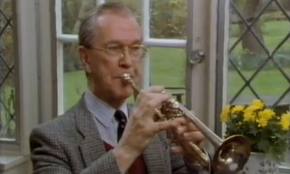 One of the trumpeters was David Mason, who had become a regular for Beatles sessions like this (see “Penny Lane”), his diary indicating that the session went much overtime, ending at 2 am the following morning. “George Harrison was in charge of that session,” Mason explains, adding, “I don't think he really knew what he wanted.” It appears, therefore, that George Martin didn't have any score written for them beforehand, them having to be instructed as George Harrison came up with ideas. Among the ideas were a trumpet rendition of a section of "The Prince Of Denmark's March" which is heard in the long closing section of the song, undoubtedly an idea that was carried over into the “All You Need Is Love” sessions later that month, George Martin incorporating various standards into the orchestral performance of that song. One of the trumpeters was David Mason, who had become a regular for Beatles sessions like this (see “Penny Lane”), his diary indicating that the session went much overtime, ending at 2 am the following morning. “George Harrison was in charge of that session,” Mason explains, adding, “I don't think he really knew what he wanted.” It appears, therefore, that George Martin didn't have any score written for them beforehand, them having to be instructed as George Harrison came up with ideas. Among the ideas were a trumpet rendition of a section of "The Prince Of Denmark's March" which is heard in the long closing section of the song, undoubtedly an idea that was carried over into the “All You Need Is Love” sessions later that month, George Martin incorporating various standards into the orchestral performance of that song.
So, by 2:15 am the following morning, “It's All Too Much” was complete, the session ending, however, not before The Beatles took to filling two more tapes of rambling, untitled instrumental jamming as they had played the previous night. I guess they had a lot of fun blowing off some steam.
 The first mono mix of the song wasn't made until October 12th, 1967, George Martin returning to De Lane Lea Recording Studios between 2:30 and 8 pm on that day to work with their engineers Dave Siddle and Mike Weighell to create this mix. Two attempts at this mono mix was made, the second being the keeper. The entire eight minute song was mixed on this day, the result intended for use in the “Yellow Submarine” film that was well on the way to completion at this time. A tape copy of this mix was made in the control room of EMI Studio Two on November 15th, 1967, between 10:30 and 11 am, by engineers Geoff Emerick and Richard Lush to be given to the producers of the movie. These producers included 2:30 from this eight minute recording for use at the celebratory ending of the movie. The first mono mix of the song wasn't made until October 12th, 1967, George Martin returning to De Lane Lea Recording Studios between 2:30 and 8 pm on that day to work with their engineers Dave Siddle and Mike Weighell to create this mix. Two attempts at this mono mix was made, the second being the keeper. The entire eight minute song was mixed on this day, the result intended for use in the “Yellow Submarine” film that was well on the way to completion at this time. A tape copy of this mix was made in the control room of EMI Studio Two on November 15th, 1967, between 10:30 and 11 am, by engineers Geoff Emerick and Richard Lush to be given to the producers of the movie. These producers included 2:30 from this eight minute recording for use at the celebratory ending of the movie.
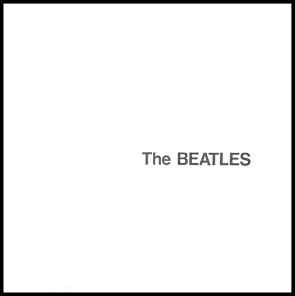 This mono mix, however, was deemed unsuitable for release on the “Yellow Submarine” soundtrack album. A decision was made that an eight minute song of this nature was simply too long, so a chorus and verse needed to be edited out. Sometime on October 16th, 1968, engineer Ken Scott broke away from the 24 hour marathon session for banding up the running order for the “White Album” and entered the control room of EMI Studio Two to create a new mono mix of “It's All Too Much” as well as the first stereo mix. This mono mix, however, was deemed unsuitable for release on the “Yellow Submarine” soundtrack album. A decision was made that an eight minute song of this nature was simply too long, so a chorus and verse needed to be edited out. Sometime on October 16th, 1968, engineer Ken Scott broke away from the 24 hour marathon session for banding up the running order for the “White Album” and entered the control room of EMI Studio Two to create a new mono mix of “It's All Too Much” as well as the first stereo mix.
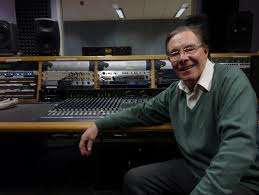 With 2nd engineer Dave Harries, he first made a tape copy of the master tape of the completed song from June 2nd, 1967, for some reason calling this copy "take 196" (the highest Beatles take count ever), undoubtedly editing out the unwanted chorus and verse in the process. Using this tape copy, he created both the mono and stereo mixes of the song, only one attempt needed for each of these mixes. It was this stereo mix that was released worldwide in January of 1969, the mono mix on mono copies simply being a fold-down version of the stereo mix. With 2nd engineer Dave Harries, he first made a tape copy of the master tape of the completed song from June 2nd, 1967, for some reason calling this copy "take 196" (the highest Beatles take count ever), undoubtedly editing out the unwanted chorus and verse in the process. Using this tape copy, he created both the mono and stereo mixes of the song, only one attempt needed for each of these mixes. It was this stereo mix that was released worldwide in January of 1969, the mono mix on mono copies simply being a fold-down version of the stereo mix.
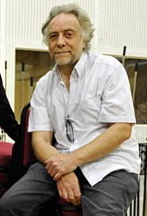 Sometime in 1999, the engineering staff of Peter Cobbin, Paul Hicks, Mirek Stiles, Allan Rouse, Peter Mew and Steve Rooke returned to the master tapes of “It's All Too Much” to create a new stereo mix of the song for inclusion on “Yellow Submarine Songtrack,” a new release to coincide with the re-release of the film on VHS and DVD that year. This excellent new mix also edits out the extra chorus and verse as did the original stereo mix. Sometime in 1999, the engineering staff of Peter Cobbin, Paul Hicks, Mirek Stiles, Allan Rouse, Peter Mew and Steve Rooke returned to the master tapes of “It's All Too Much” to create a new stereo mix of the song for inclusion on “Yellow Submarine Songtrack,” a new release to coincide with the re-release of the film on VHS and DVD that year. This excellent new mix also edits out the extra chorus and verse as did the original stereo mix.
Song Structure and Style
For a song that lasts nearly six-and-a-half minutes, the structure is relatively simple. It consists of 'verse/ chorus/ verse/ chorus/ instrumental section/ verse/ chorus/ chorus' (or ababcabb). A somewhat lengthy intro is heard first and then a very lengthy rambling conclusion fills the song out to its full length. In between the third verse and third chorus, another chorus and verse were recorded but were edited out, which would have extended the song past the eight minute mark.
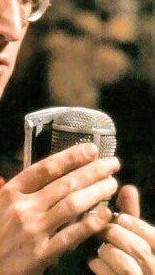 The first thing heard in the introduction is John Lennon shouting what sounds like the phrase “To your mother!” while hitting an opening chord on distorted electric guitar. He lets the chord ring out and pick up feedback for about twenty seconds while pumping the whammy bar until the sound finally dissolves, undoubtedly inspired by Jimi Hendrix who had recently been recording at this same studio. Other indecipherable voices are still heard after John's opening phrase, the open microphone undoubtedly being panned down during the mixing stage after the first four seconds of the song. The first thing heard in the introduction is John Lennon shouting what sounds like the phrase “To your mother!” while hitting an opening chord on distorted electric guitar. He lets the chord ring out and pick up feedback for about twenty seconds while pumping the whammy bar until the sound finally dissolves, undoubtedly inspired by Jimi Hendrix who had recently been recording at this same studio. Other indecipherable voices are still heard after John's opening phrase, the open microphone undoubtedly being panned down during the mixing stage after the first four seconds of the song.
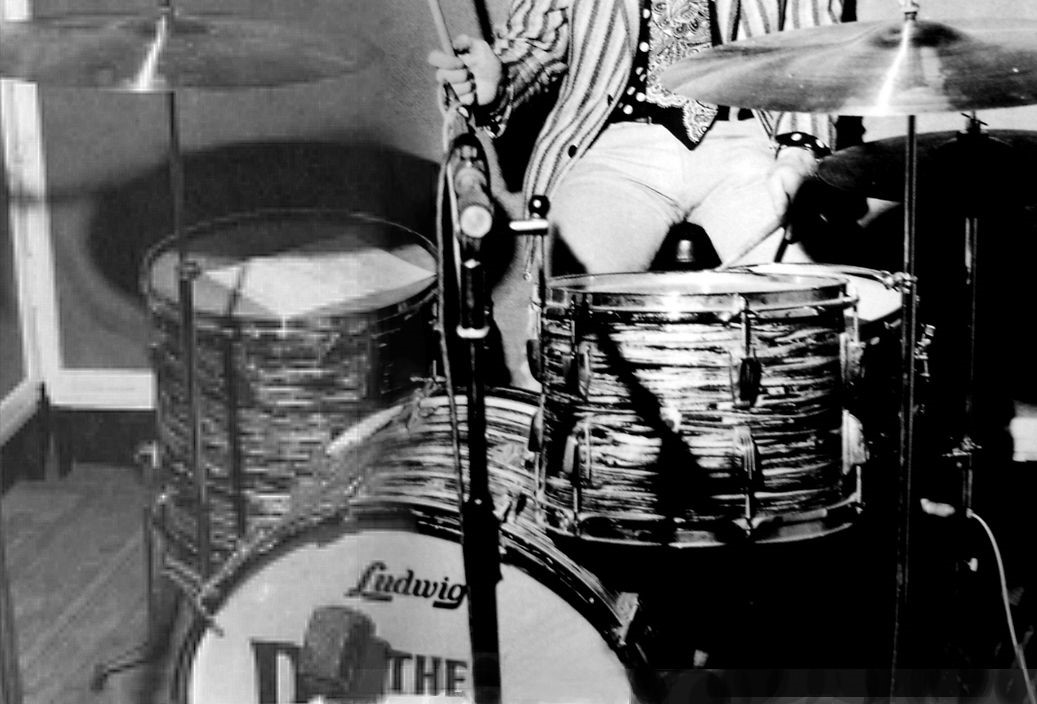 During the final five seconds of the guitar feedback, the low droning organ note from George rises in volume until the guitar finally disappears, this signaling him to begin the twenty-two measure introduction to the song. The first four measures contain only George on organ playing the iconic riff of the song. The fourth and fifth measures have George holding out the full chord on organ with a slight accentuating volume swell from John's guitar, this in anticipation for Ringo to come in on drums to perform a full measure drum fill. Ringo actually doesn't come in until the third beat but still performs this fill for four full beats, two of which push into the sixth measure by accident (but to good effect). During the final five seconds of the guitar feedback, the low droning organ note from George rises in volume until the guitar finally disappears, this signaling him to begin the twenty-two measure introduction to the song. The first four measures contain only George on organ playing the iconic riff of the song. The fourth and fifth measures have George holding out the full chord on organ with a slight accentuating volume swell from John's guitar, this in anticipation for Ringo to come in on drums to perform a full measure drum fill. Ringo actually doesn't come in until the third beat but still performs this fill for four full beats, two of which push into the sixth measure by accident (but to good effect).
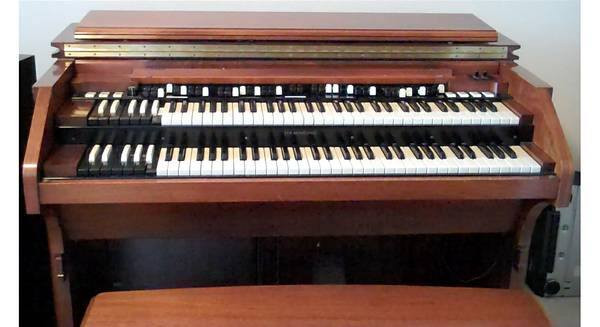 From the sixth measure on, the full rhythm track instruments kick in, comprising George on Hammond C-3 organ, Ringo on drums, Paul on bass and John mimicking George's riff on guitar. The full-band handclapping appears here as well, clapping on the two- and four-beat of each measure. Ringo recaptures his footing and performs many drum fills in the introduction, in measures 8, 9, 12, 13, 16, 17, 19, 20 and 22. The cowbell and woodblock overdubs are also present throughout this introduction as well, George kicking in vocally with “it's all too much” in measures 15 and 19. In measure 21, the drums stop momentarily which allows feedback from John's guitar to take prominence, Ringo kicking back in with a drum fill in measure 22 to segue into the first verse that follows. One full minute into the song before the first verse arrives! From the sixth measure on, the full rhythm track instruments kick in, comprising George on Hammond C-3 organ, Ringo on drums, Paul on bass and John mimicking George's riff on guitar. The full-band handclapping appears here as well, clapping on the two- and four-beat of each measure. Ringo recaptures his footing and performs many drum fills in the introduction, in measures 8, 9, 12, 13, 16, 17, 19, 20 and 22. The cowbell and woodblock overdubs are also present throughout this introduction as well, George kicking in vocally with “it's all too much” in measures 15 and 19. In measure 21, the drums stop momentarily which allows feedback from John's guitar to take prominence, Ringo kicking back in with a drum fill in measure 22 to segue into the first verse that follows. One full minute into the song before the first verse arrives!
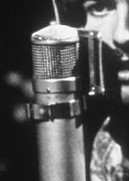 The first verse, like all of them, is eight measures long and consists basically of George on double-tracked vocals and a droning organ note, Paul on a single droning bass note, Ringo playing a straight 4/4 beat riding on the hi-hat and John allowing his guitar to feedback Hendrix-like in the the first four measures and then playing distorted noise passages on guitar during the last four measures. All the while the handclaps plod away while the tambourine fades in on the sixth measure along with the woodblock and cowbell, these continuing for the rest of the verse, which ends with a drum fill from Ringo. The first verse, like all of them, is eight measures long and consists basically of George on double-tracked vocals and a droning organ note, Paul on a single droning bass note, Ringo playing a straight 4/4 beat riding on the hi-hat and John allowing his guitar to feedback Hendrix-like in the the first four measures and then playing distorted noise passages on guitar during the last four measures. All the while the handclaps plod away while the tambourine fades in on the sixth measure along with the woodblock and cowbell, these continuing for the rest of the verse, which ends with a drum fill from Ringo.
This is followed by the first chorus of the song, this one lasting nine measures which mimics the final nine measures of the introduction except for George singing the full chorus lyrics. A final high guitar note from John on the downbeat of the ninth measure acts like a beacon to shine onto the second verse that follows.
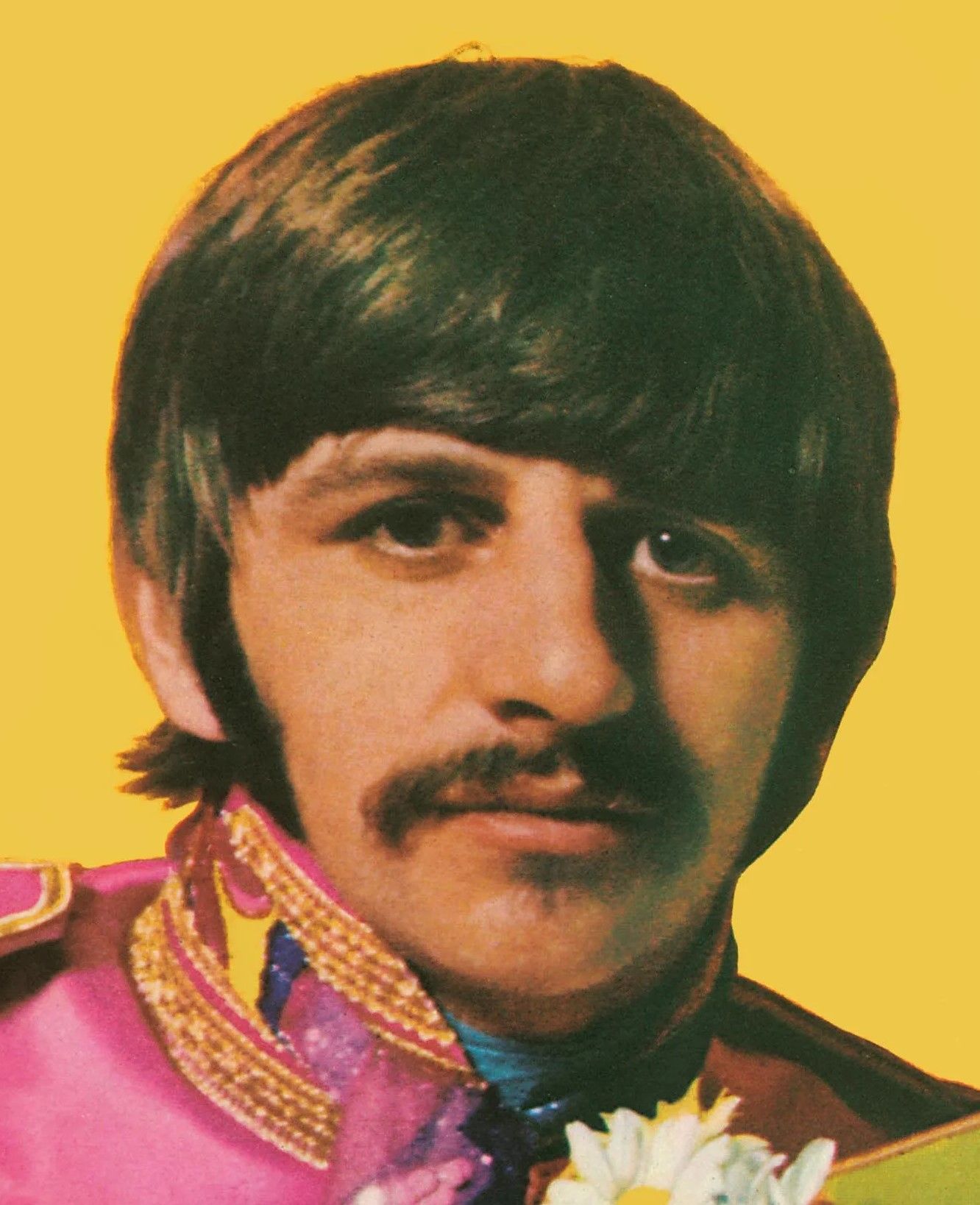 Differences in the second verse, apart from different lyrics, include John playing slight guitar passages in measures two and four and Ringo adding an additional drum fill in measure four. John then ushers in some more guitar feedback in measure six which continually increases in volume to fever pitch by the end of the verse, which also includes tambourine this time around. This moves directly into the second chorus which is instrumentally identical to the first except for the presence of the tambourine. This chorus, however, is eight measures in length instead of nine, the final transitional measure not being needed because it is not followed by a verse this time around. Unlike most Beatles songs with choruses, this chorus has different lyrics, the humorous “birthday cake” reference being heard here. Differences in the second verse, apart from different lyrics, include John playing slight guitar passages in measures two and four and Ringo adding an additional drum fill in measure four. John then ushers in some more guitar feedback in measure six which continually increases in volume to fever pitch by the end of the verse, which also includes tambourine this time around. This moves directly into the second chorus which is instrumentally identical to the first except for the presence of the tambourine. This chorus, however, is eight measures in length instead of nine, the final transitional measure not being needed because it is not followed by a verse this time around. Unlike most Beatles songs with choruses, this chorus has different lyrics, the humorous “birthday cake” reference being heard here.
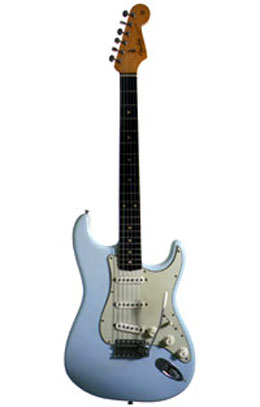 Next comes the instrumental section which is seventeen measures long and is divided up into two eight measure sections with a transitional measure thrown in at the end. The first eight measure section contains the usual rhythm track instruments and handclaps/percussion sounds but with what appears to be a contra bass clarinet making a low grinding sound played in 4/4 time. John's lead guitar from the rhythm track, however, plays some meandering but inventive passages while Paul finally strays away from the single-note drone in measures five through eight, raising and lowering the notes interestingly. Ringo expresses himself with drum fills in measures 2, 3, 4 and 6 of this first instrumental section as well. Next comes the instrumental section which is seventeen measures long and is divided up into two eight measure sections with a transitional measure thrown in at the end. The first eight measure section contains the usual rhythm track instruments and handclaps/percussion sounds but with what appears to be a contra bass clarinet making a low grinding sound played in 4/4 time. John's lead guitar from the rhythm track, however, plays some meandering but inventive passages while Paul finally strays away from the single-note drone in measures five through eight, raising and lowering the notes interestingly. Ringo expresses himself with drum fills in measures 2, 3, 4 and 6 of this first instrumental section as well.
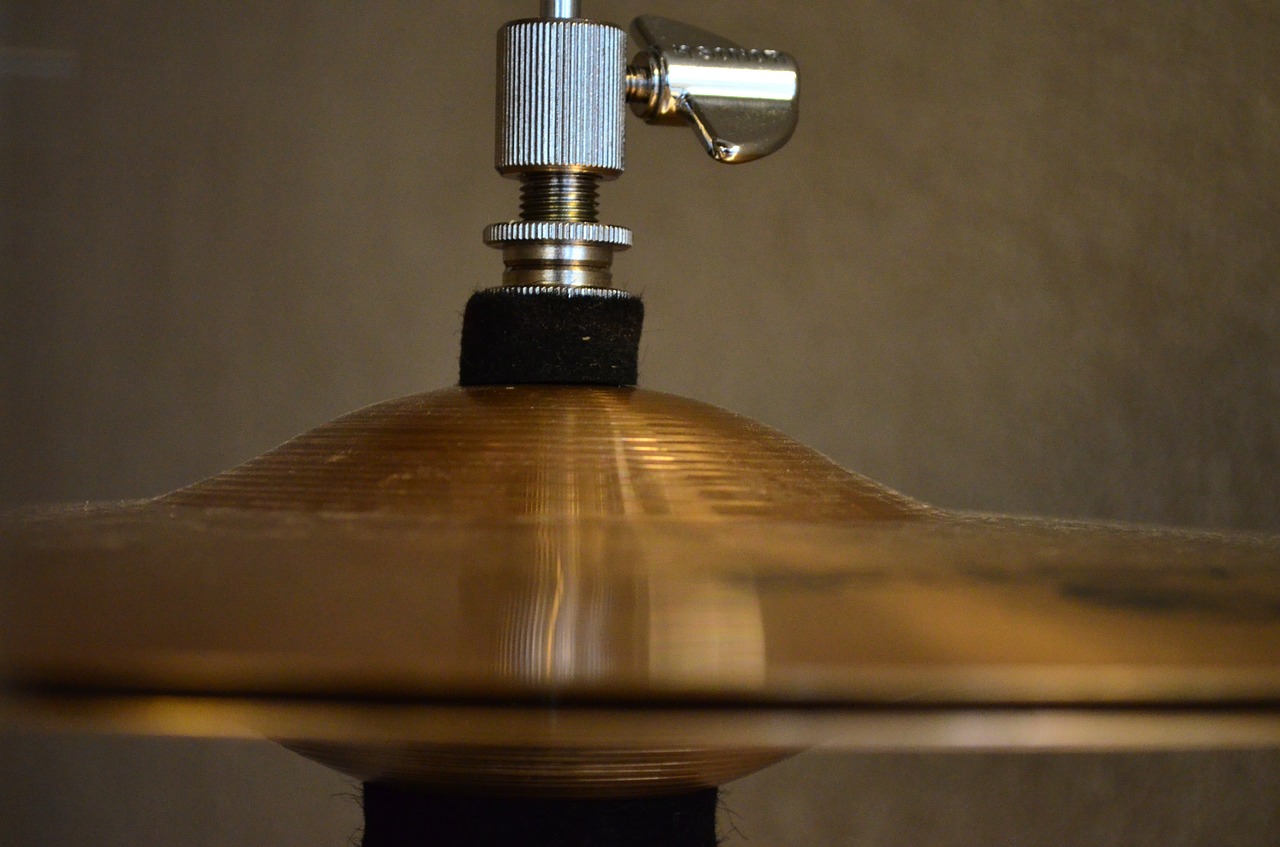 The second part of this instrumental section lessens the volume of the rhythm track considerably to allow for the brass players to appear for the first time in the song, playing a vibrant score that stands out considerably. George's organ drone is heard throughout while John touches on the iconic riff in the background. Ringo lessens his volume but still performs drum fills in measures one, three, four, seven and nine, while coming in for the first time with extra syncopated taps on his hi-hat starting in measure six and continuing to the end of the section. John's final notes on electric guitar develop once again into feedback in the seventeenth measure which he rides out with his whammy bar throughout the verse that follows. The second part of this instrumental section lessens the volume of the rhythm track considerably to allow for the brass players to appear for the first time in the song, playing a vibrant score that stands out considerably. George's organ drone is heard throughout while John touches on the iconic riff in the background. Ringo lessens his volume but still performs drum fills in measures one, three, four, seven and nine, while coming in for the first time with extra syncopated taps on his hi-hat starting in measure six and continuing to the end of the section. John's final notes on electric guitar develop once again into feedback in the seventeenth measure which he rides out with his whammy bar throughout the verse that follows.
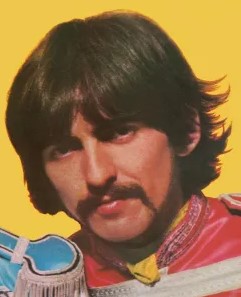 The third verse is even more subdued for effect with quiet drums, droning organ and bass, feedbacking guitar, syncopated hi-hat taps, strategic tambourine hits and double-tracked vocals from George. John's feedback dramatically raises in volume in the final measure while Ringo puts in a startling drum break to usher in the final set of choruses. The third verse is even more subdued for effect with quiet drums, droning organ and bass, feedbacking guitar, syncopated hi-hat taps, strategic tambourine hits and double-tracked vocals from George. John's feedback dramatically raises in volume in the final measure while Ringo puts in a startling drum break to usher in the final set of choruses.
 These two choruses, eight measures each, become the climax of the song with all elements at full volume. Additionally, John and Paul's harmony vocals appear here for the first time while the brass section reappears throughout both choruses. Ringo bashes around with cymbals crashing, performing drum fills on measures 2, 3, 4, 7 and 8 of the first chorus and measures 4, 6, 7 and 8 of the second chorus. While each chorus of the song has had different lyrics so far, the final chorus actually repeats the lyrics of the first chorus, this being the only time that two sections of the song have the same lyrical content. These two choruses, eight measures each, become the climax of the song with all elements at full volume. Additionally, John and Paul's harmony vocals appear here for the first time while the brass section reappears throughout both choruses. Ringo bashes around with cymbals crashing, performing drum fills on measures 2, 3, 4, 7 and 8 of the first chorus and measures 4, 6, 7 and 8 of the second chorus. While each chorus of the song has had different lyrics so far, the final chorus actually repeats the lyrics of the first chorus, this being the only time that two sections of the song have the same lyrical content.
 Then we progress into the conclusion of the song which is (hold on to your hats!) a whopping seventy-nine measures long. In the spirit of their soon-to-be recorded “amateurish instrumental jams,” as Mark Lewisohn describes them, the song evolves at this point into a free-for-all 'freak-out' session that meanders along with Ringo's drums slipping in and out of time, the insistent hand-clapping keeping a limited amount of consistency in place. “That was all just this big ending we had, going out,” George explained in 1999, adding, “and as it was in those days, we had the horn players just play a bit of trumpet voluntarily, and so that's how that 'Prince Of Denmark' bit was played (in the fade-out).” Since George was double-tracking his vocals throughout the song, he also tries to do the same with ad lib phrases he sang the first time through, leaving some indecipherable. John, Paul and George fool around with different ways of harmonizing the words “too much” which eventually turn into “tuba” and then “Cuba” if you listen close enough during the fade out, Paul's cowbell playing also being heard quite prominently. And could that be a ticking clock in the closing two seconds of the song? Then we progress into the conclusion of the song which is (hold on to your hats!) a whopping seventy-nine measures long. In the spirit of their soon-to-be recorded “amateurish instrumental jams,” as Mark Lewisohn describes them, the song evolves at this point into a free-for-all 'freak-out' session that meanders along with Ringo's drums slipping in and out of time, the insistent hand-clapping keeping a limited amount of consistency in place. “That was all just this big ending we had, going out,” George explained in 1999, adding, “and as it was in those days, we had the horn players just play a bit of trumpet voluntarily, and so that's how that 'Prince Of Denmark' bit was played (in the fade-out).” Since George was double-tracking his vocals throughout the song, he also tries to do the same with ad lib phrases he sang the first time through, leaving some indecipherable. John, Paul and George fool around with different ways of harmonizing the words “too much” which eventually turn into “tuba” and then “Cuba” if you listen close enough during the fade out, Paul's cowbell playing also being heard quite prominently. And could that be a ticking clock in the closing two seconds of the song?
American Releases
On January 13th, 1969, just a month-and-a-half after the Beatles "White Album" was released, the "Yellow Submarine" soundtrack album was on the market in the US. "It's All Too Much" was featured as the fifth song on side one and thereby the last of the four new Beatles songs on the album.
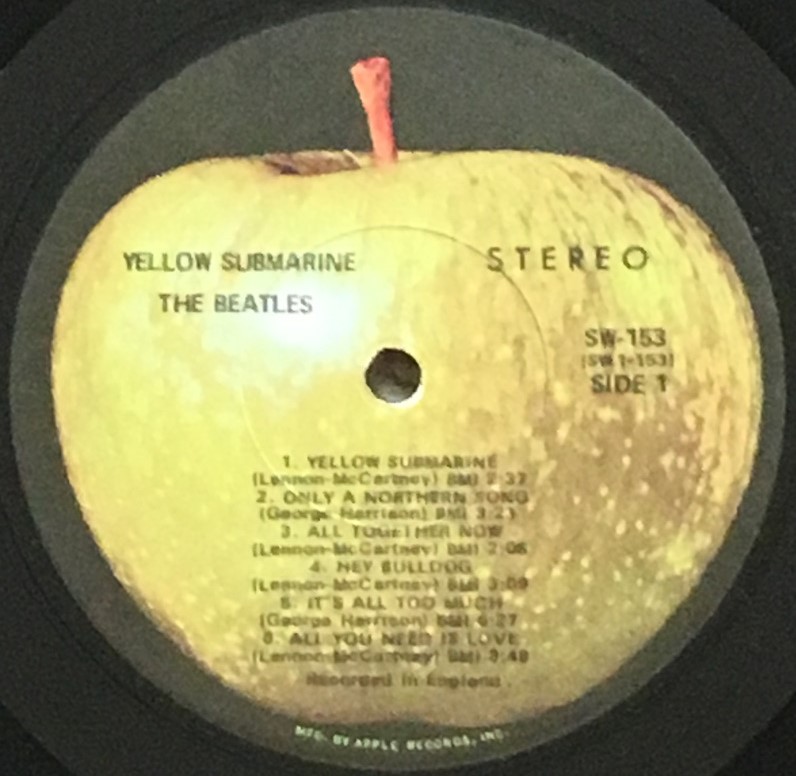 Since mono albums were not being made anymore in America by this time, this album was only issued in stereo here while it also had a mono release in the UK. This was also the second Beatles album released on their own Apple Records label. It peaked at the #2 spot on the Billboard album chart just under the “White Album.” The album first appeared on compact disc on August 25th, 1987 and then in a remastered form on September 9th, 2009. Since mono albums were not being made anymore in America by this time, this album was only issued in stereo here while it also had a mono release in the UK. This was also the second Beatles album released on their own Apple Records label. It peaked at the #2 spot on the Billboard album chart just under the “White Album.” The album first appeared on compact disc on August 25th, 1987 and then in a remastered form on September 9th, 2009.
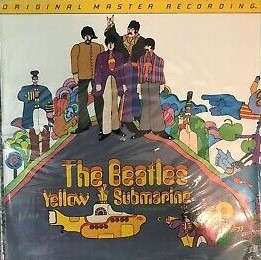 One interesting US release of the “Yellow Submarine” soundtrack album occurred in November of 1986. This was the "Original Master Recording" vinyl edition released through Mobile Fidelity Sound Lab in Chatsworth, California prepared utilizing half-speed mastering technology from the original master tape on loan from EMI. This version of the album was only available for a short time and is quite collectible today. One interesting US release of the “Yellow Submarine” soundtrack album occurred in November of 1986. This was the "Original Master Recording" vinyl edition released through Mobile Fidelity Sound Lab in Chatsworth, California prepared utilizing half-speed mastering technology from the original master tape on loan from EMI. This version of the album was only available for a short time and is quite collectible today.
Surprisingly, “It's All Too Much” was issued as a single by Capitol Records on January 24th, 1996 as part of their Cema series “For Jukeboxes Only.” This short-lived release was printed on blue vinyl and is quite the collectors' item today.
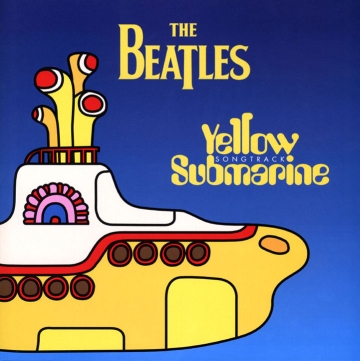 The newly remixed version of the song, as mentioned above, was made available on September 13th, 1999 on the album “Yellow Submarine Songtrack,” a release that coincided with the re-release of the animated movie on VHS and DVD. The album contained nearly all of the Beatles songs contained in the film, all of which were treated to dramatic remixing for amazing effect. "It's All Too Much" was also featured on the promotional sampler of this album, which was released simultaneously. The newly remixed version of the song, as mentioned above, was made available on September 13th, 1999 on the album “Yellow Submarine Songtrack,” a release that coincided with the re-release of the animated movie on VHS and DVD. The album contained nearly all of the Beatles songs contained in the film, all of which were treated to dramatic remixing for amazing effect. "It's All Too Much" was also featured on the promotional sampler of this album, which was released simultaneously.
On September 9th, 2009, the never before released mono mix of “It's All Too Much” was included in the CD box set “The Beatles In Mono” on an album entitled "Mono Masters," the vinyl edition of the box set first coming out on September 9th, 2014.
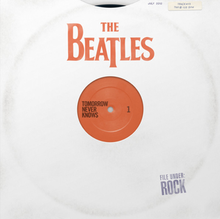 On July 24th, 2012, the iTunes Store, in partnership with EMI Records, released a Beatles compilation album entitled "Tomorrow Never Knows," the purpose of which was to highlight the group's influence on the history of rock music. The album had the approval of Paul and Ringo, as well as the board of directors for the estates of John and George, and was successful enough to peak at #24 on the Billboard album chart. "It's All Too Much" finally gets its due by being included on this release. On July 24th, 2012, the iTunes Store, in partnership with EMI Records, released a Beatles compilation album entitled "Tomorrow Never Knows," the purpose of which was to highlight the group's influence on the history of rock music. The album had the approval of Paul and Ringo, as well as the board of directors for the estates of John and George, and was successful enough to peak at #24 on the Billboard album chart. "It's All Too Much" finally gets its due by being included on this release.
Live Performances
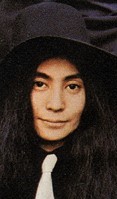 The Beatles have never performed the song on stage and neither have any individual members of the group afterward. However, a truncated version of the song, two minutes and thirty seconds worth, did appear in the closing colorful animated segment of the “Yellow Submarine” film, featuring the lost verse that was edited out of the official version contained on the soundtrack album. This segment of the film features the animated characters raising up into the sky to reveal the positive message “YES,” which undoubtedly was a suggestion by John Lennon in reference to the emotional impact of a similar feature in Yoko Ono's 1966 art exhibit, something he recounted many times in later interviews. The Beatles have never performed the song on stage and neither have any individual members of the group afterward. However, a truncated version of the song, two minutes and thirty seconds worth, did appear in the closing colorful animated segment of the “Yellow Submarine” film, featuring the lost verse that was edited out of the official version contained on the soundtrack album. This segment of the film features the animated characters raising up into the sky to reveal the positive message “YES,” which undoubtedly was a suggestion by John Lennon in reference to the emotional impact of a similar feature in Yoko Ono's 1966 art exhibit, something he recounted many times in later interviews.
Conclusion
After George put forth all the strenuous effort into writing and recording his Indian influenced "Within You Without You" for the "Sgt. Pepper" album, he grappled with which direction he wanted to go from there.
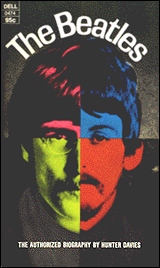 "I'm not sure which way I want to go now,” he stated in Hunter Davies' biography “The Beatles,” adding: “Real Indian classical songs are so much different from the sort of Indian pop songs being turned out over here. They're just ordinary pop songs with a little bit of Indian background. I'm not sure about the ones I've written. Looked at from another person's point of view, then as pop songs I like them. But looked at from my point of view, from what I really want to do, I don't like what I've done so far. I always seem to be rushed. I see things afterwards that I should have done.” "I'm not sure which way I want to go now,” he stated in Hunter Davies' biography “The Beatles,” adding: “Real Indian classical songs are so much different from the sort of Indian pop songs being turned out over here. They're just ordinary pop songs with a little bit of Indian background. I'm not sure about the ones I've written. Looked at from another person's point of view, then as pop songs I like them. But looked at from my point of view, from what I really want to do, I don't like what I've done so far. I always seem to be rushed. I see things afterwards that I should have done.”
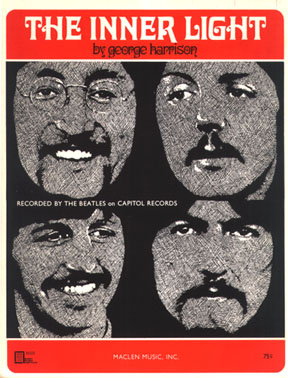 With this in mind, George decided to put aside writing and recording “Indian pop songs” for the time being. His next composition, “It's All Too Much,” returned to what he ultimately felt more comfortable with, standard rock 'n' roll as usually expected from The Beatles. While he did release one more Indian influenced Beatles song in “The Inner Light,” the remainder of his compositions during his career with the group saw him return to the norm as pop songwriter and proficient guitarist, dutifully brushing up on his guitar technique by incorporating sitar-like stylings into his playing. In addition, his love for all things spiritual was well incorporated into his lyrics in many cases from that point on. George, therefore, found a way to project his love for Indian music, religion and culture within The Beatles in a way that would be the most palatable for Western audiences. With this in mind, George decided to put aside writing and recording “Indian pop songs” for the time being. His next composition, “It's All Too Much,” returned to what he ultimately felt more comfortable with, standard rock 'n' roll as usually expected from The Beatles. While he did release one more Indian influenced Beatles song in “The Inner Light,” the remainder of his compositions during his career with the group saw him return to the norm as pop songwriter and proficient guitarist, dutifully brushing up on his guitar technique by incorporating sitar-like stylings into his playing. In addition, his love for all things spiritual was well incorporated into his lyrics in many cases from that point on. George, therefore, found a way to project his love for Indian music, religion and culture within The Beatles in a way that would be the most palatable for Western audiences.
Song Summary
“It's All Too Much”
Written by: George Harrison
- Song Written: May, 1967
- Song Recorded: May 25 and 31, June 2, 1967
- First US Release Date: January 13, 1969
- First US Album Release: Apple #SW-153 “Yellow Sumbarine”
- British Album Release: Apple #PCS 7070 “Yellow Submarine”
- US Single Release: Capitol Cema #S7-18893
- Highest Chart Position: n/a
- Length: 6:27
- Key: G major
- Producer: The Beatles, George Martin
- Engineers: Dave Siddle, Mike Weighell
Instrumentation (most likely):
- George Harrison - Lead and Backing Vocals, Organ (Hammond C-3), handclaps
- John Lennon - Guitar (1961 Sonic Blue Fender Stratocaster), backing vocals, handclaps, woodblock
- Paul McCartney - Bass Guitar (1964 Rickenbacker 4001S), backing vocals, handclaps, cowbell
- Ringo Starr - Drums (1964 Ludwig Super Classic Black Oyster Pearl), handclaps, tambourine
- Paul Harvey - bass clarinet, contra bass clarinet
- David Mason - trumpet
- unknown - trumpet
- unknown - trumpet
- unknown - trumpet
Written and compiled by Dave Rybaczewski
|
IF YOU WOULD LIKE TO MAKE A DONATION TO KEEP THIS WEBSITE UP AND RUNNING, PLEASE CLICK BELOW!
Sign Up Below for our MONTHLY BEATLES TRIVIA QUIZ!
|